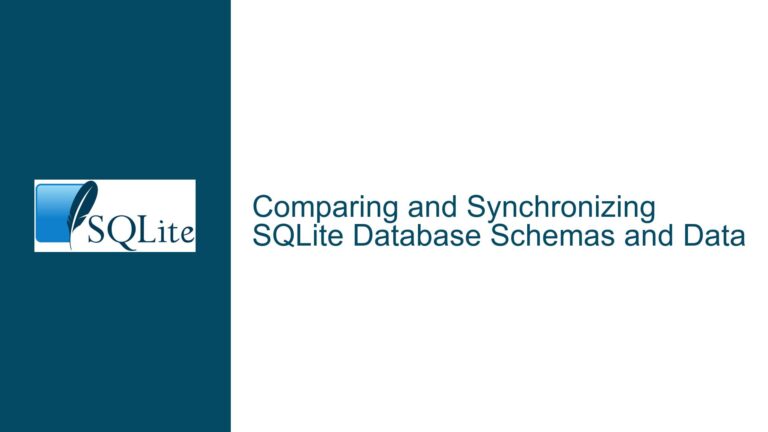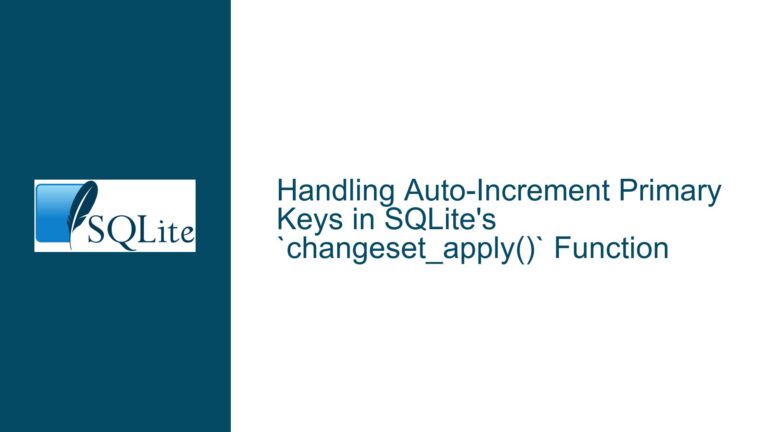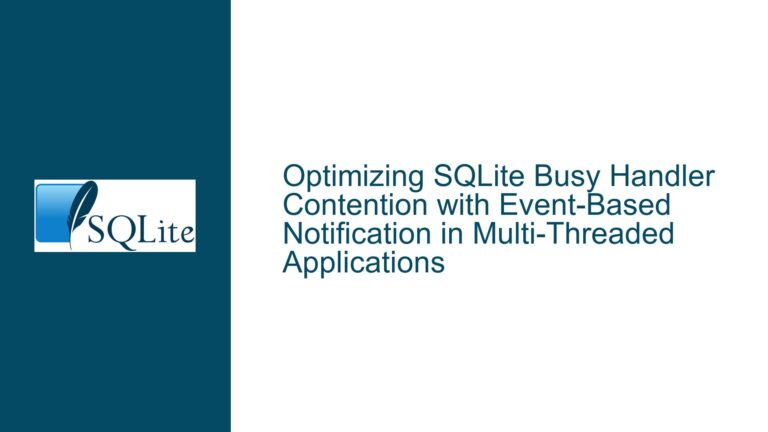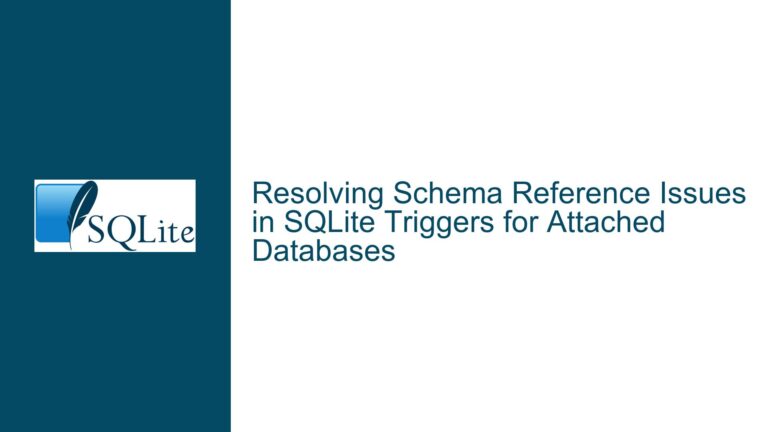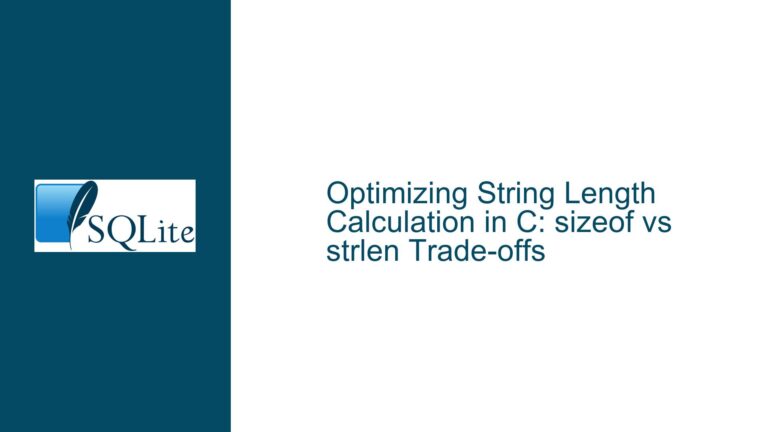Comparing and Synchronizing SQLite Database Schemas and Data
Understanding the Need for Database Comparison and Synchronization When working with SQLite databases, especially in the context of software development, it is common to encounter scenarios where you need to compare two databases to identify differences in their schemas or data. This need often arises during software updates, where the database schema may evolve to…
